How will the U.S. economy and inflation perform in the second half of the year? How will the U.S. stock market sectors perform? Can the U.S. dollar index continue to maintain its strength?

Looking ahead to the second half of this year, we will see that the pressure of rising energy and food prices has eased, and the Federal Reserve’s interest rate hikes will further suppress demand.
However, we will also see the impact of demand factors on the U.S. CPI inflation rate, especially the pressure of rising rents and other service prices in the United States, which will be difficult to alleviate in the short term.
In addition, we need to pay attention to the risk signs of the “wage-price” spiral getting out of control. Therefore, our base forecast is that the U.S. CPI year-on-year growth rate will still be around 8.5% in the third quarter of this year, and will fall to around 7.5% by the end of the year. The corresponding U.S. PCE year-on-year growth rate is around 5.8%, which is higher than the Federal Reserve’s forecast of 5.2%.
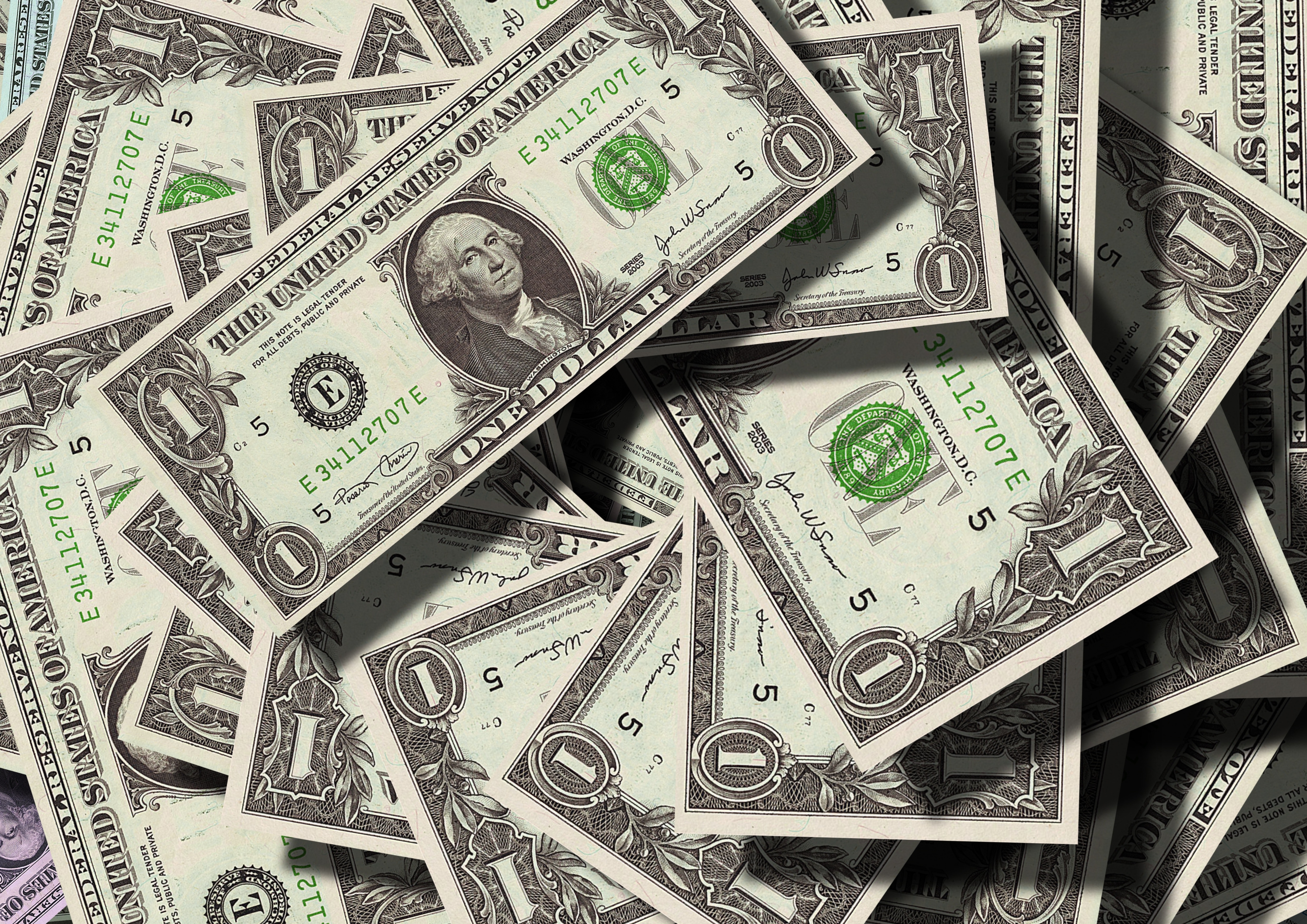
So why is the general perception of inflation not as optimistic as the Federal Reserve’s? Let’s break it down one by one.
First, let’s look at housing rents, which account for as much as 1/3 of the U.S. CPI, somewhat similar to how people pay close attention to the pig cycle when analyzing China’s CPI. In fact, housing rents in the United States are also a very key single determining variable.
In this round, U.S. housing prices have continued to rise significantly, and the heat of the U.S. real estate market has somewhat subsided. However, if we look at the supply and demand fundamentals of the U.S. real estate market, it is still quite solid. The inventory level of existing homes in the United States is at a historical low, and the supply and demand are still in a tight balance, so everyone should not completely say that the super-loose policy of the Federal Reserve before has driven the boom of the U.S. real estate market.
The market is expected to maintain a high year-on-year growth rate of about 0.6% for housing rents in the second half of the year in the United States, which will drive the monthly year-on-year growth of the CPI by about 0.2 percentage points.
The previous baseline forecast is based on the assumption that the growth rate of housing rents remains high.
Why is there such an assumption?
Considering the aggressive interest rate hikes by the Federal Reserve, mortgage interest rates in the United States have started to rise. However, it will take about 1-2 years from the rise in mortgage interest rates in the United States to the slowdown in housing price growth, and ultimately to the slowdown in the growth rate of housing rents. Therefore, the pull from housing rents on the U.S. CPI will continue for a relatively long period.
01 The development of inflation is not as optimistic as the Federal Reserve expected.
Another issue is the “disanchoring” of inflation expectations and the rising risk of a “price-wage” spiral.
Looking at the data since 1978, the correlation coefficients between the U.S. CPI inflation rate, the University of Michigan’s one-year inflation expectations, and the growth rate of hourly wages for non-supervisory workers, are all above 0.8.
So currently, we can see that both the high overall inflation rate and the tight job market in the U.S. may exert pressure on wage increases, ultimately leading to more persistent inflation.
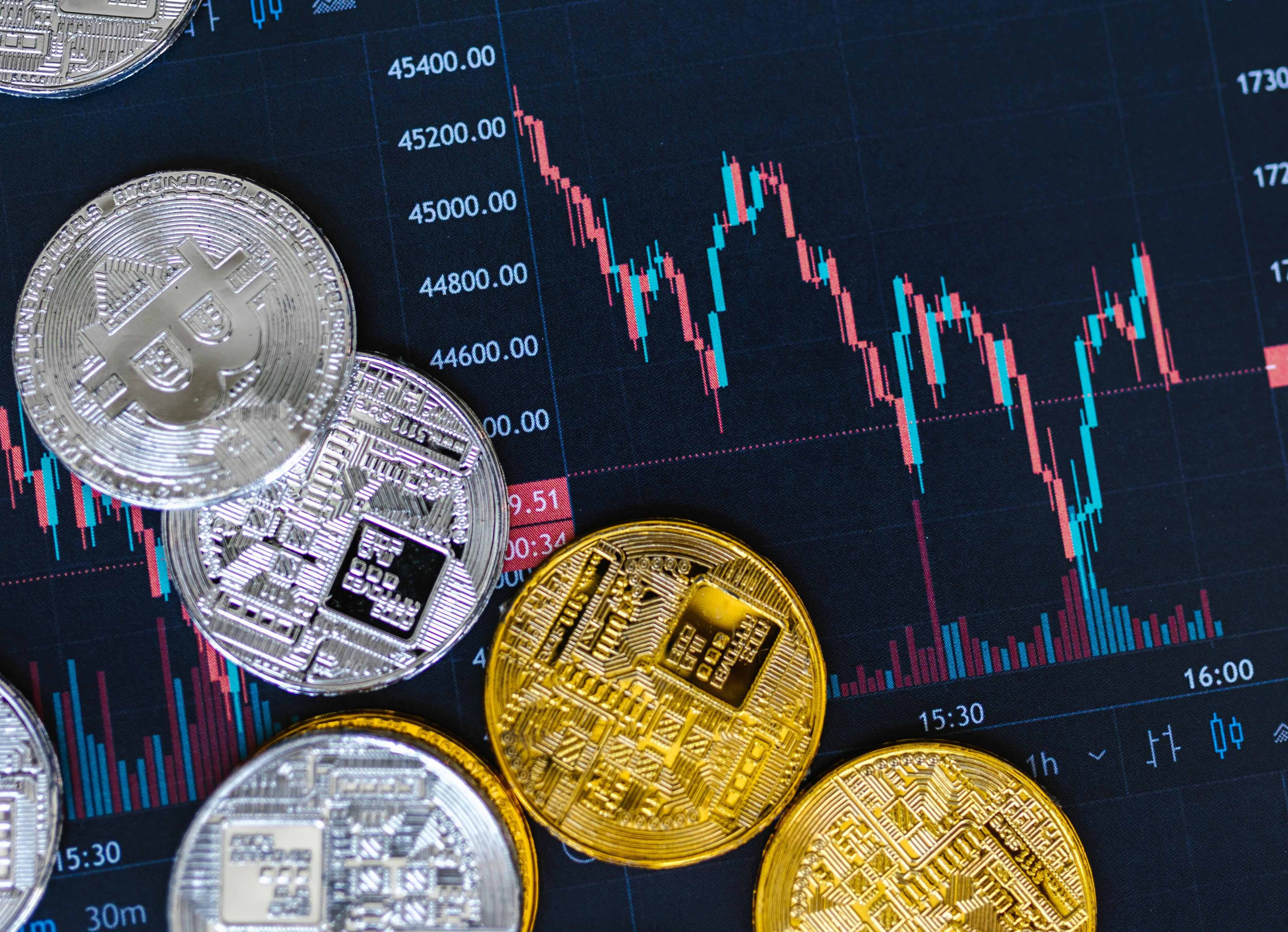
There is a saying that the current hourly wage growth rate in the United States is around 5%, which means that at least a wage increase of about 5% is needed to offset the erosion of purchasing power caused by the current inflation. With such an expectation, there is a risk of the price-wage spiral getting out of control.

Overall, although many people believe that the U.S. economy is likely to fall into a recession next year, and their view on inflation is not as optimistic as that of the Federal Reserve, the future situation may still be that inflation remains at a high level, but the overall direction is declining.
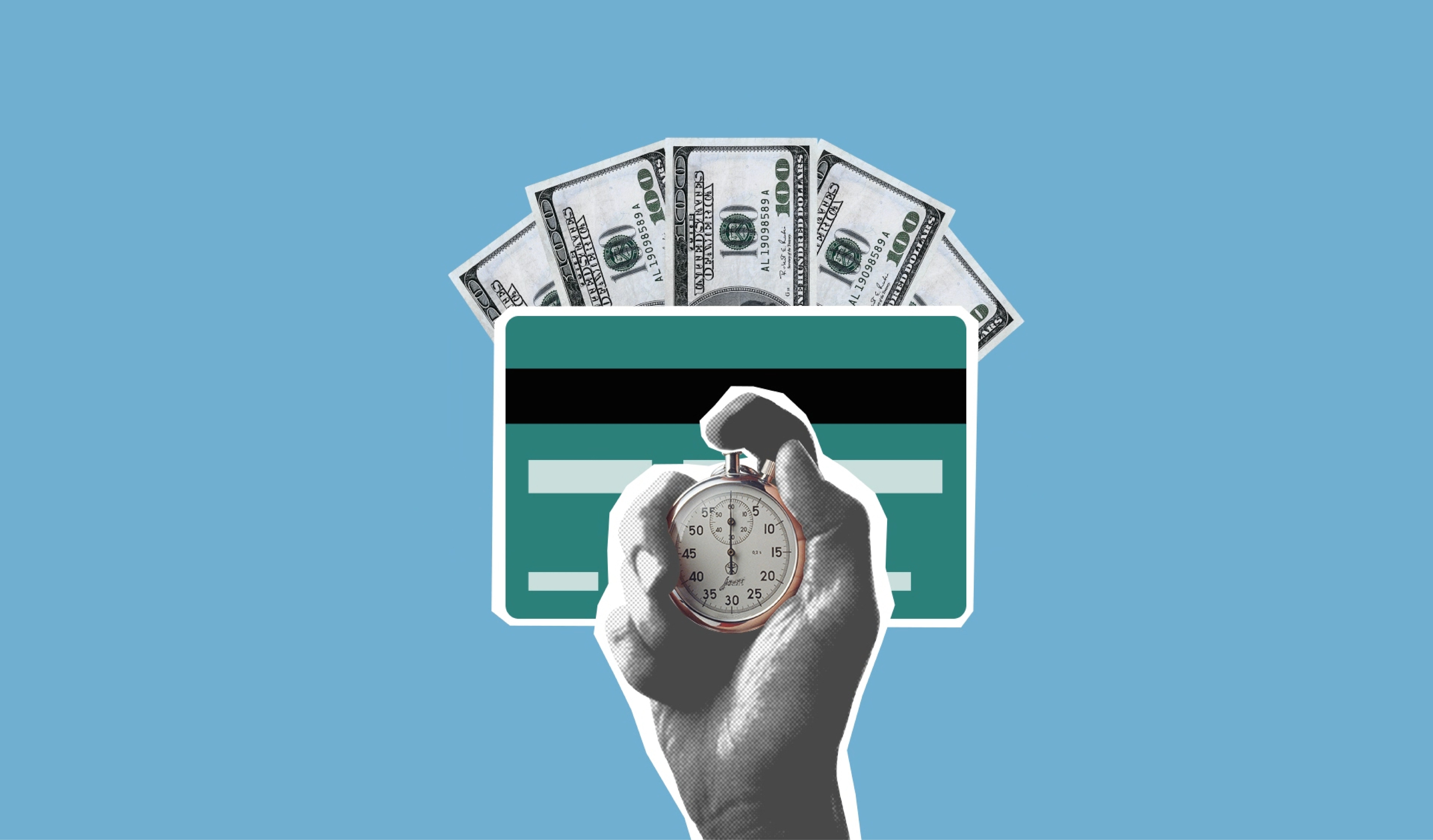
The U.S. stock market underwent a deep adjustment in the first half of this year due to triple pressures of geopolitical risks, Federal Reserve interest rate hikes, and high inflation. A decomposition of the VIX index was conducted, which included analyzing CPI forecast errors, monetary policy, and national security, mainly focusing on the Russo-Ukrainian War. In fact, under the impact of these three pressures, the three major U.S. stock indices all showed a significant correction.
Historically, with the impact of high inflation, the productivity of non-agricultural enterprises in the United States often declines, which occurred multiple times in the 1970s-1990s.
Is the current high inflation in the United States impacting the profitability of U.S. companies? Taking Walmart, a U.S. retail giant, as an example, the increase in fuel costs, the rise in inventory due to inflation, and the growth in wage expenditures have led to a 23% year-on-year decrease in its operating profit for the first quarter.

In addition, the US Treasury bond interest rate is at a high level of 2.8%, and high US Treasury bond interest rates will continue to put pressure on the US stock market. Theoretically, there are four channels, and not every channel will be immediately realized.
Firstly, the rise in US Treasury bond interest rates will lead to a decline in risk premium, reducing the investment value of the US stock market. In 2019 and early 2022, when the US Treasury bond yield broke through the previous high yield extension line, the deep adjustment of the US stock market was expected.
Secondly, the dividend rate of the US stock market will cause the ratio of the US dividend rate to the US Treasury bond interest rate to decrease, that is, the cost-effectiveness of stocks and bonds will weaken, and the rebalancing of stock and bond allocations may put pressure on the US stock market.
Thirdly, the rise in corporate financing costs, and the widening of the interest rate spread between different rated corporate bonds will also bring pressure to the balance sheets of US companies.
Finally, as previously mentioned, the cost of buybacks will increase. The support of large technology companies’ buybacks for their stocks and the overall stock market will weaken. This is one of the channels.
Recently, the US stock market has rebounded, especially after the US inflation reduction bill, and the rebound is still ongoing. The enthusiasm for buybacks is still relatively high. According to a report by BNP Paribas on August 1st, the scale of buybacks announced by US listed companies has reached the highest level in nearly ten years, which is one of the drivers of the recent rapid rebound of the US stock market. Whether the scale of buybacks can still be maintained at such a high level, and whether the support for the US stock market can still be maintained at a high level, both need to be observed.
From the perspective of the sector, the adjustment of the US stock market in the first half of the year mainly came from the Fed’s interest rate hikes and the rapid rise in US Treasury bond interest rates, with the growth sector experiencing a significant correction.
Recently, as there are signs of easing inflationary pressures in the United States, the expectation of monetary tightening has cooled, which has driven the rebound of growth stocks in the U.S. stock market for a period of time. However, as the timing of the U.S. economic downturn approaches, the risk of adjustment in the value sector will also increase.
If the risk of adjustment in the value sector increases, growth may be expected to continue to outperform value. Therefore, this is a judgment on the U.S. stock market. Overall, the rebound may continue for some time, but the risk of adjustment has not been eliminated.
02 In the second half of the year, U.S. stocks are expected to outperform value stocks.
After the Russia-Ukraine conflict, the US dollar index has been hitting new highs, mainly driven by two factors.
Firstly, the safe-haven attribute of the US dollar is highlighted, especially the Japanese yen, which has not shown the traditional “safe-haven attribute” during this period, but has experienced a sharp depreciation, becoming an accelerator for the rise of the US dollar index.
Secondly, under the influence of the Russia-Ukraine conflict, the US economy is more resilient than Europe and Japan. Let’s take a look at this data, from the beginning of this year to August 12th, the US dollar index has risen by 10%, and the US dollar has risen by 10% and 14% against the euro and the Japanese yen, respectively. These two currencies together have contributed 7.5% to the increase in the US dollar index. The US dollar index has risen by 10%, of which 7.5% comes from the depreciation of the euro and the Japanese yen.
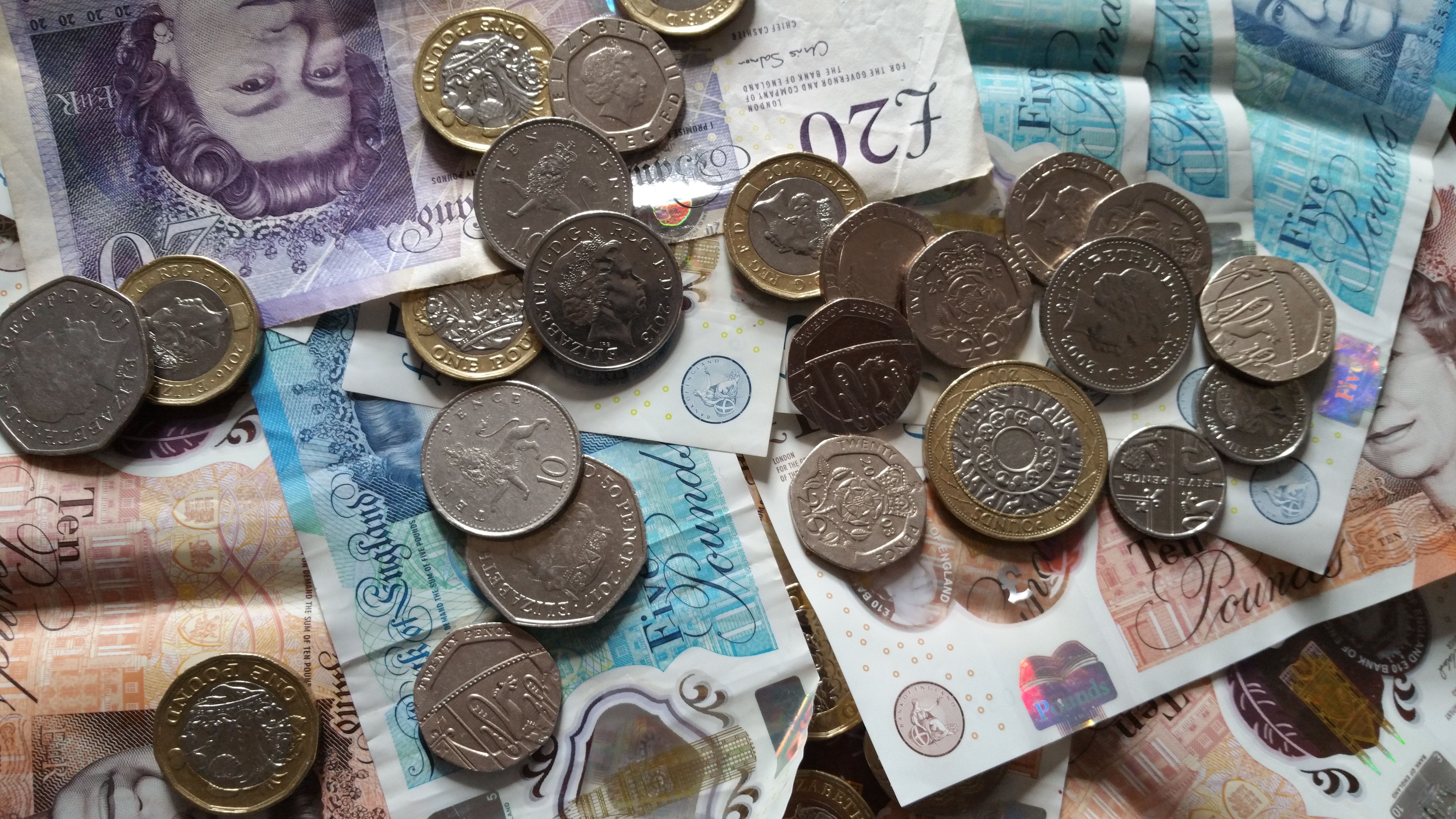
Assuming that the US dollar index falls, one can only hope that the Japanese yen and the euro both make a comeback. But will the euro and the Japanese yen make an immediate comeback?
First, let’s look at the sustainability of the European Central Bank’s monetary tightening. We can see that the US and European bond markets and exchange rates have gone through three stages this year.
The first stage is when the Federal Reserve tightens, and everyone will see that the spread between the 10-year US Treasury and the 10-year German bond is rising, and the euro against the US dollar is continuously falling.
The second stage is when the European Central Bank raises interest rates. With the tightening of European monetary policy and the previous high-level adjustment of the 10-year US Treasury yield, we will see the spread between the 10-year US Treasury and the 10-year German bond fall, and the euro exchange rate rebound.

The third stage sees the euro exchange rate falling further. Inflation in the eurozone is more driven by energy and food prices, so the effect of monetary policy tightening is more limited and more likely to threaten the prospects for economic growth.
The Federal Reserve may continue to tighten as usual, but the pace of monetary tightening by the European Central Bank may be more variable, which will naturally affect the euro exchange rate. As previously mentioned, under the combination of “imported inflation + trade deficit + monetary easing” in Japan, the yen exchange rate may continue to be suppressed.
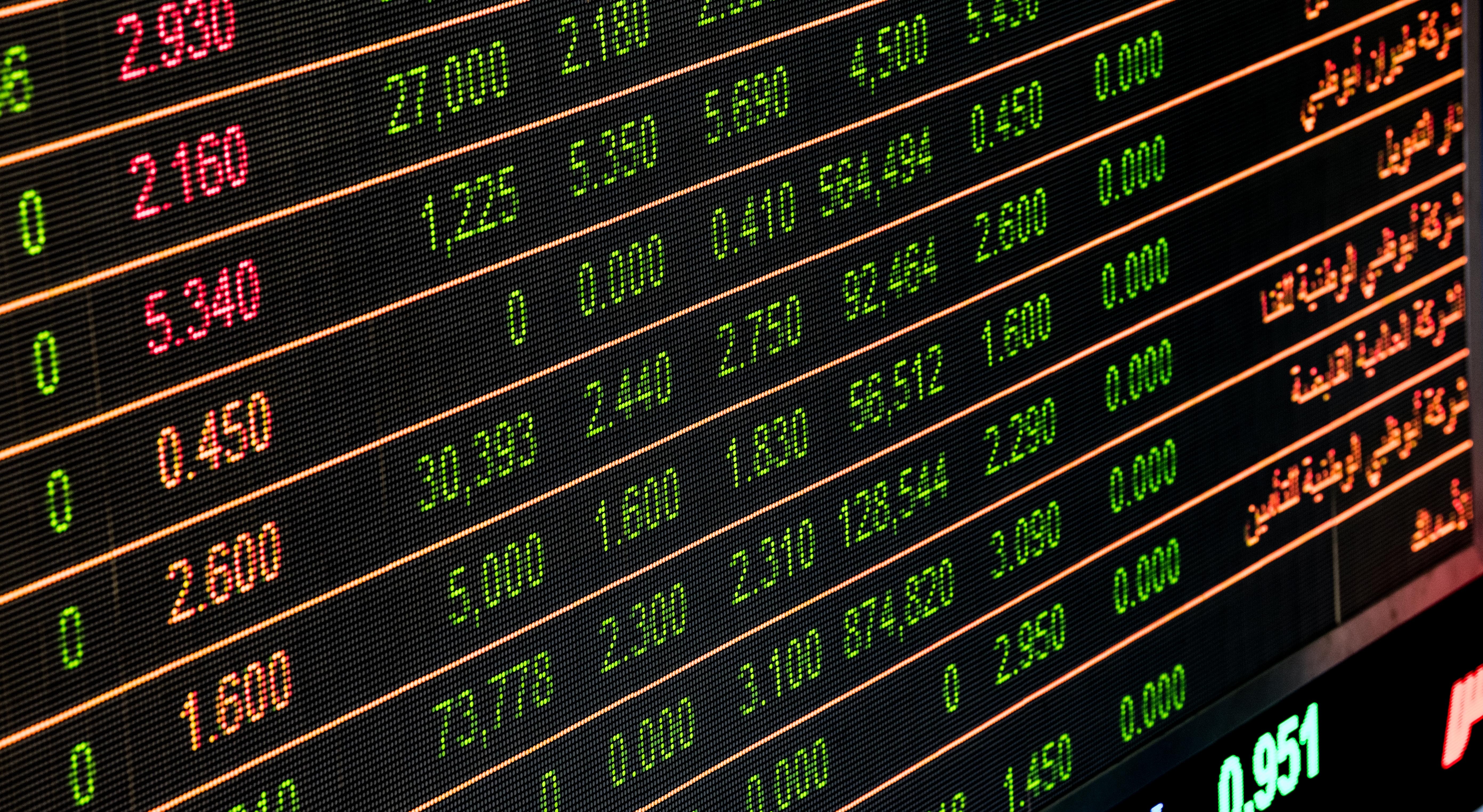
In summary, the direct reason for the strong US dollar exchange rate is the tightening of the Federal Reserve, but the deeper reason is that the US economy still has certain advantages on a global scale. Therefore, the market has more confidence in the determination and persistence of the Federal Reserve’s tightening in the later stage, which is an important basis for the dollar to remain strong.











